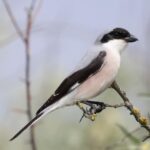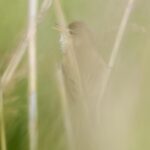Day 1 of a 3-day Summer Tour. After a grey start, it brightened up through the morning and we even had some sunny spells around the middle of the day. There were more showers around in the afternoon though and it gradually got greyer again until it started to rain on and off later on. We spent the day on the North Norfolk coast.
Our destination for the morning was Cley. We parked at Walsey Hills and as we got out of the minibus we could hear Blackcap and Reed Warbler singing. A Grey Heron and a couple of Little Egret flew in and out of North Foreland plantation. There was no sign of the Little Grebe on Snipe’s Marsh today, just the usual family of Coot, but we did eventually find a Little Grebe on Don’s Pool instead.
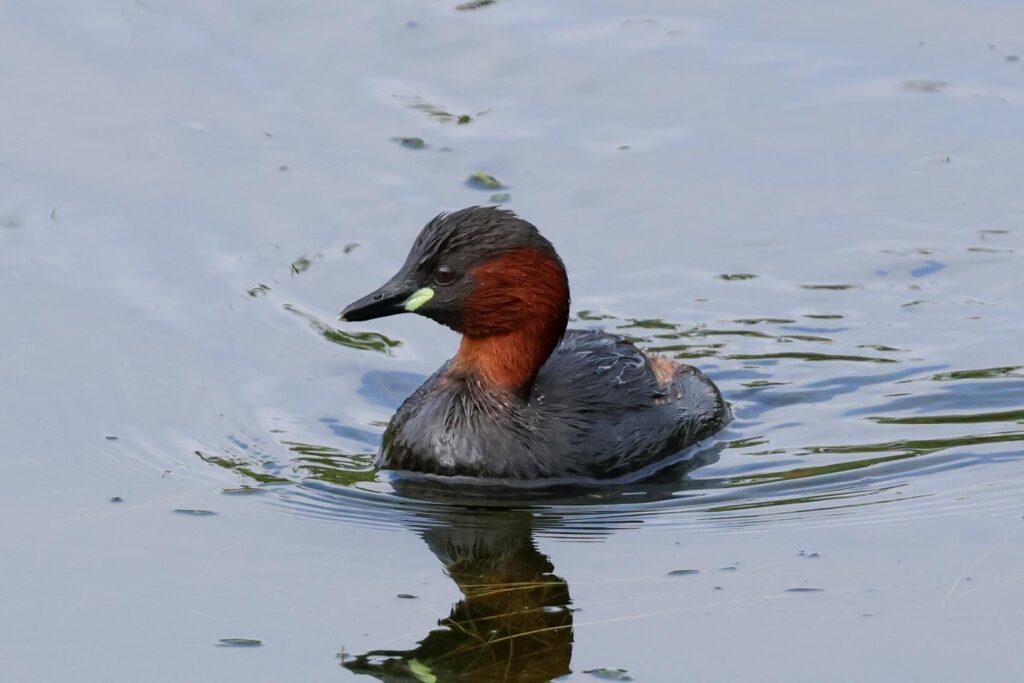
From the start of the East Bank, there was lots of activity around the reedbed, with lots of the smaller birds now feeding their first brood young. We could hear Reed Warbler singing one side of the path and Sedge Warbler the other, and could see the latter perched up in the reeds. A little further up, we found two juvenile Sedge Warblers tucked in on the edge of the reeds being fed from time to time by their parents. A Reed Warbler perched in the top of the reeds the other side with food in its bill.

There was a lot of Bearded Tit activity here too today. At first, we heard lots of pinging and glimpsed several birds as they zipped back and forth over the reeds. Then we found a family of at least four tawny and black masked juveniles, on the edge of the reeds by the ditch closer to the path. We had some great views of them here, although the adults were not quite as obliging, flying in and feeding them deeper in the reeds.
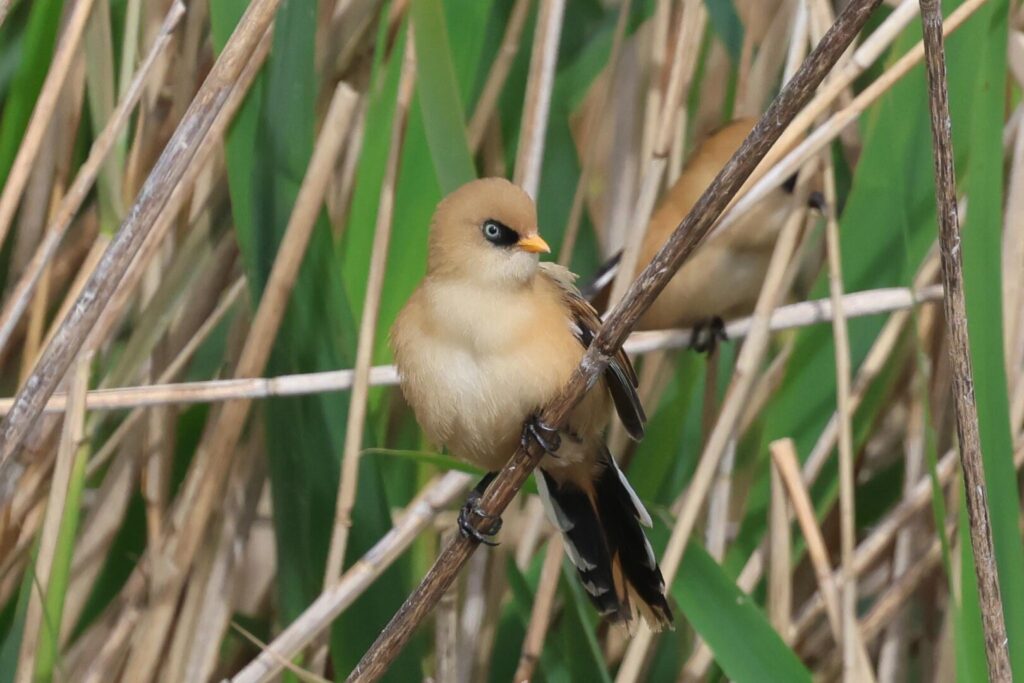
Out on the grazing marshes, we found a few Common Redshanks and one or two Lapwings but still no sign of any young waders here. The Redshanks at least are still displaying, so still hope for the breeding season yet. There were more Avocets around the Serpentine and on Pope’s Pool beyond. Three Brown Hares were chasing each other round through the grass.

Looking out over the reedbed, we could see a couple of Marsh Harriers circling. A younger, darker bird flew up and down over Pope’s reedbed carrying food in its talons but presumably had no partner to pass it to. Then a male Marsh Harrier flew in over the grazing marsh, much to the annoyance of all the waders which flew up and started mobbing it. After a couple of minutes of this it became clear it wouldn’t get any peace and it flew across the path and out over the reedbed where it landed in a bush.

Something spooked all the birds off Arnold’s Marsh now and we looked over to see several Sandwich Terns and Common Terns flying off towards the sea. A couple of small flocks of waders circled up, eight Bar-tailed Godwits and seven Grey Plover. A Black-tailed Godwit flew round on its own, and took some time before it eventually landed on the back of the Serpentine. Now we could see it was colour-ringed – a Continental Black-tailed Godwit, of the nominate limosa subspecies, from the small Ouse Washes breeding population.
On our way out, we had been told by several people that the Glossy Ibis was still on Arnold’s Marsh but now we picked it up flying off out over the reedbed. It looked like it might drop on the new reedbed pool, where there were a couple of Great White Egrets and several Little Egrets, but after circling round it flew back towards us. It came back over the East Bank and dropped down on the Serpentine not far from us. Unfortunately it was then quickly chased off by the Shelducks and flew back to Arnold’s.
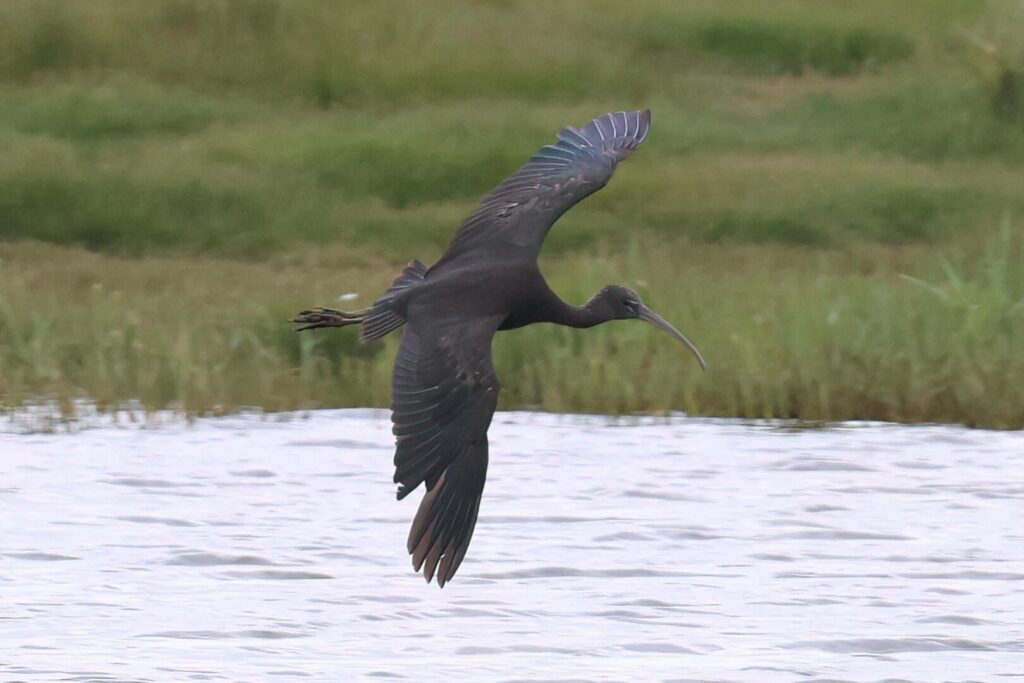
We could see the Glossy Ibis on Arnold’s once we got to the main drain. It walked up onto one of the shingle islands and stopped to preen in the lee of one of the small Suaeda bushes, where we could get a good look at it in the scope.
The waders had landed again too, and we had a closer look through them now. As well as the Bar-tailed Godwits and Grey Plover, we could see a couple of Turnstones and a single Dunlin. A 1st summer Mediterranean Gull, with a ghost of a black hood, was preening on the small shingle island towards the back.
Continuing on towards the beach, the brackish pools held a single Ringed Plover. Looking back at the new reedbed pool, we could see a single Spoonbill with the egrets. One of this year’s juveniles, we could see its short, still not fully-grown ‘teaspoon’ bill. A male Reed Bunting was singing in the vegetation by the path and a couple of Meadow Pipits flew up from the grass.
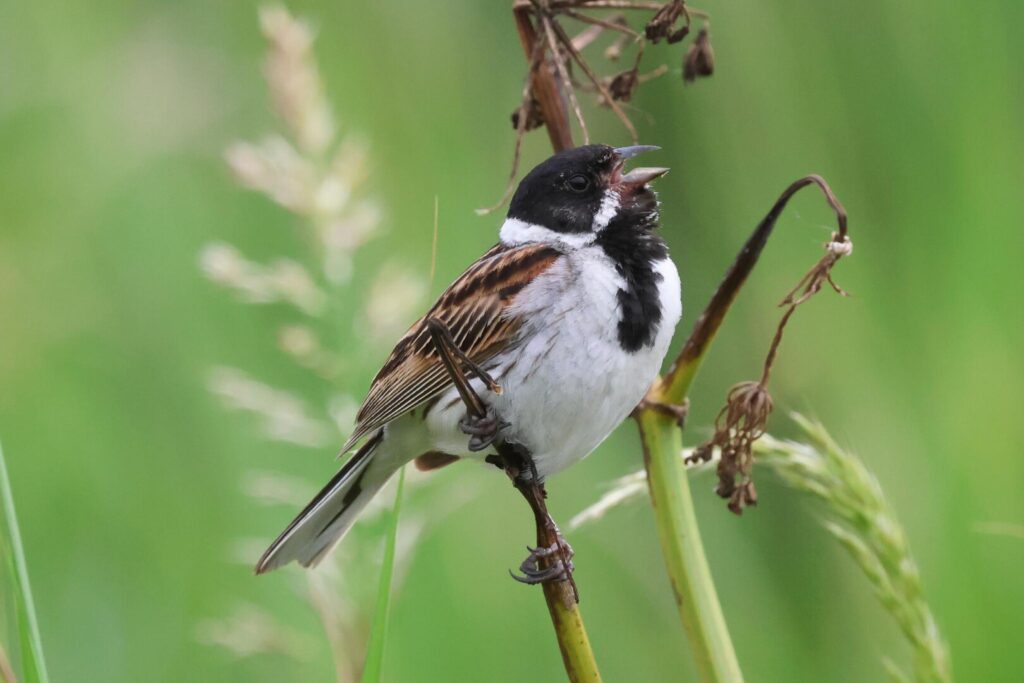
As we got out onto the shingle, the sea was flat calm today. A couple of Common Terns were fishing just offshore and another flew in over the beach past us. Further out, we saw a few Sandwich Terns flying past and a distant Kittiwake. There didn’t seem to be much else moving today but we did pick up a Curlew flying in over the sea, which eventually came in over the shore away to the east of us. Presumably a returning bird already coming back for the winter!
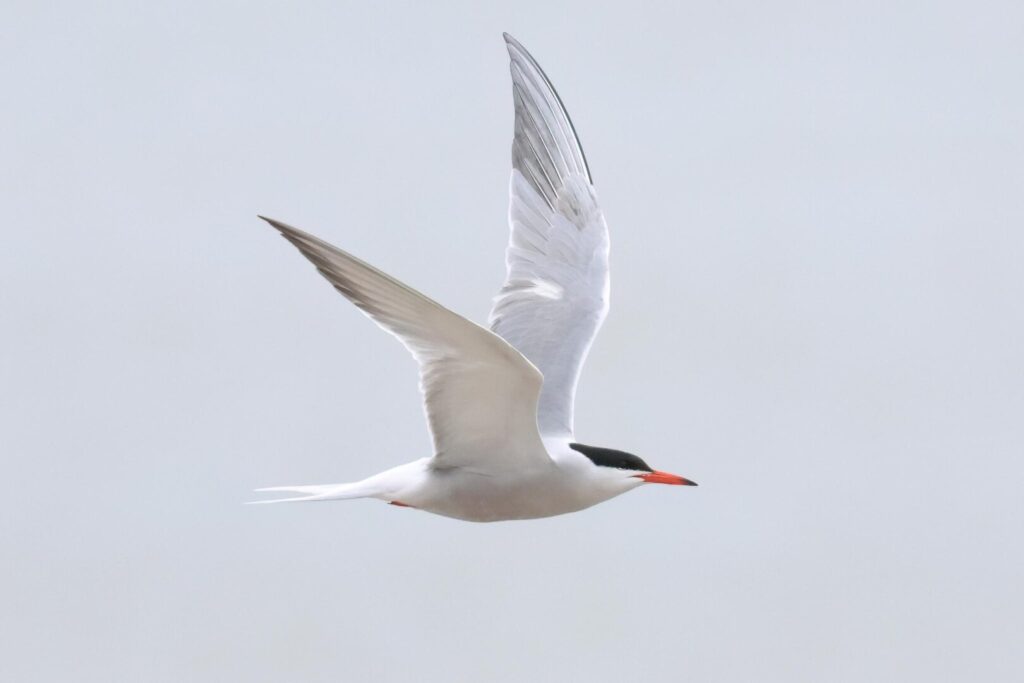
On the walk back, there was still a lot of activity from the Bearded Tits, Sedge Warblers and Reed Warblers. Looking out over the reedbed, we could see a male Marsh Harrier with food in its talons. The female came up and circled with it and after a couple of seconds we saw a food pass, the male dropping the food for the female to catch.
After a quick stop back at the Visitor Centre, we headed round to the beach car park next. We were hoping to find a Little Tern here, as we hadn’t seen one off the East Bank earlier, but at first all we could see were a couple very distantly up Blakeney Point in the heat haze. As we walked out along the shingle, a Little Tern flew past us and now we could see a second one fishing further down, just offshore. Several Sandwich Terns flew past, a couple of them carrying sand eels in their bills.
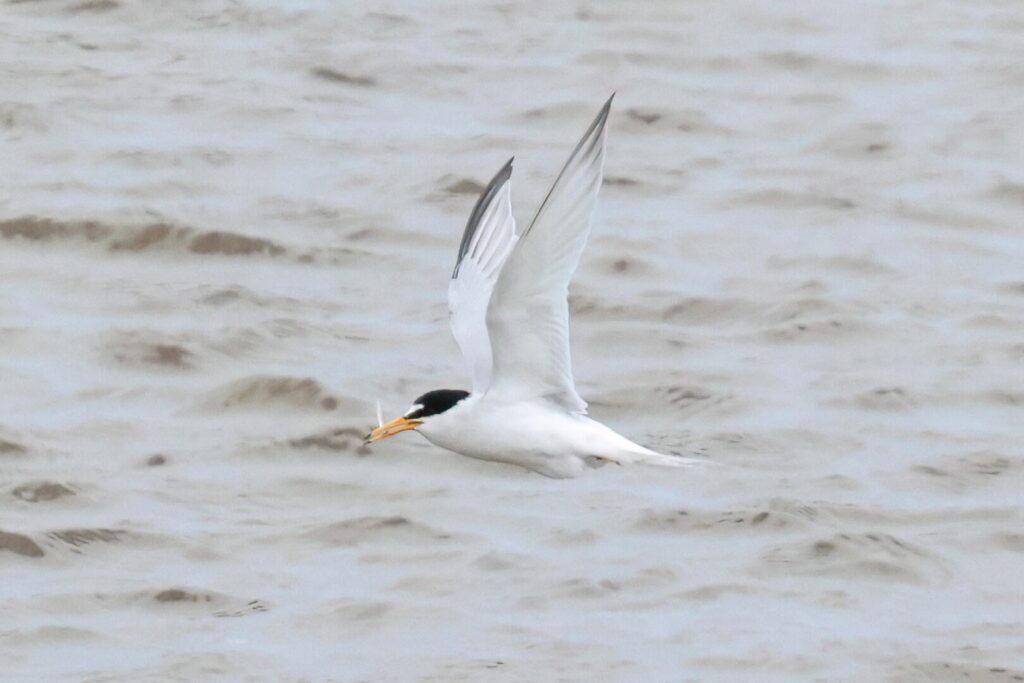
As we walked down past the Eye Field, there were lots of Rooks out in the grass with the Woodpigeons and several Brown Hares loafing in the sunshine. A few Skylarks and Meadow Pipits flew up ahead of us and one Skylark landed on the fence in front of us. Three Linnets came up from the shingle.
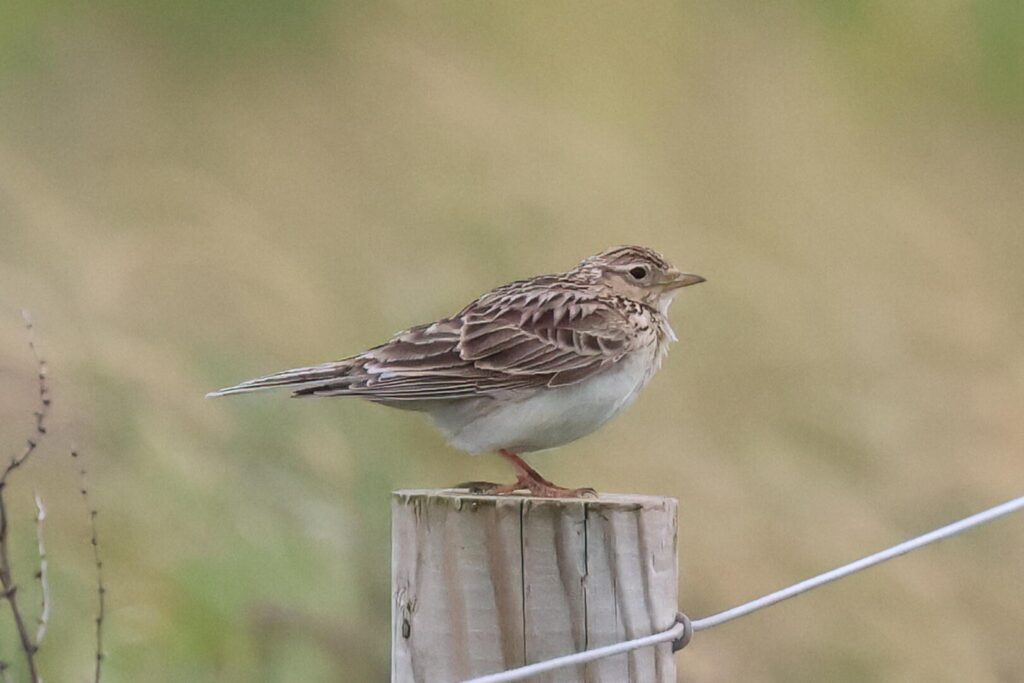
We were hoping there might be some more waders on North Scrape, but it looked fairly quiet today. Scanning with the scope, we did find several Little Ringed Plovers and a small group of roosting Ringed Plovers further back which looked like they might be northern-bound Tundra Ringed Plovers. A Norfolk Hawker dragonfly flew round over the gorse behind the screen in the sunshine and there were a few insects on the flowers – including a furrow bee (Lasioglossum leucozonium) and a conopid fly (Sicus ferrugineus). The Glossy Ibis flew over, heading back towards Arnold’s Marsh again.
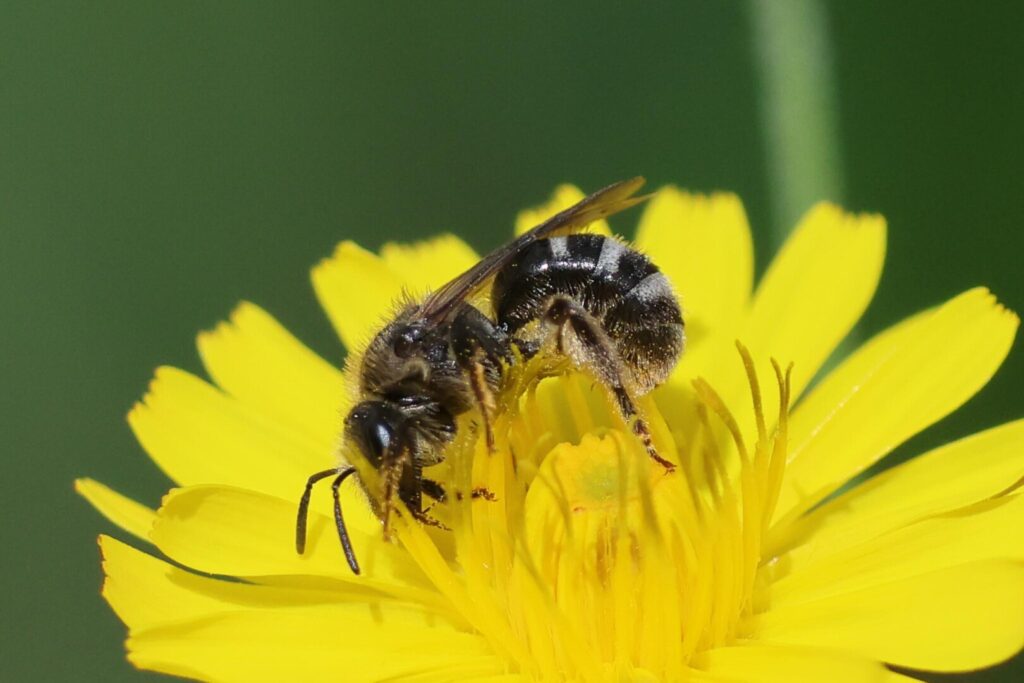
Once we got back to the car park, it was time for lunch. We drove back round to the Visitor Centre and it was a pleasant surprise to be able to eat our lunch out in the sunshine in the picnic area. Occasionally a Marsh Harrier drifted over the scrapes, stirring up all the Avocets.
After lunch, we headed inland and up onto the Heath. A dark cloud drifted over as we got to the car park, a reminder that there was the threat of showers this afternoon, and it was noticeably windier here, up on the ridge. As we set off on the path a Turtle Dove flew in towards us over the heath, across the path and we watched it disappear off over the road. A distant Yellowhammer was singing off the heath somewhere too.
We hadn’t got much further when one of the group spotted a blue butterfly in the grass and closer inspection revealed it to be a Silver-studded Blue, a fresh male. This is our first of the year here, a few days later than usual but the weather has been cool, windy and wet at times recently. It was the only one we would see out this afternoon too.
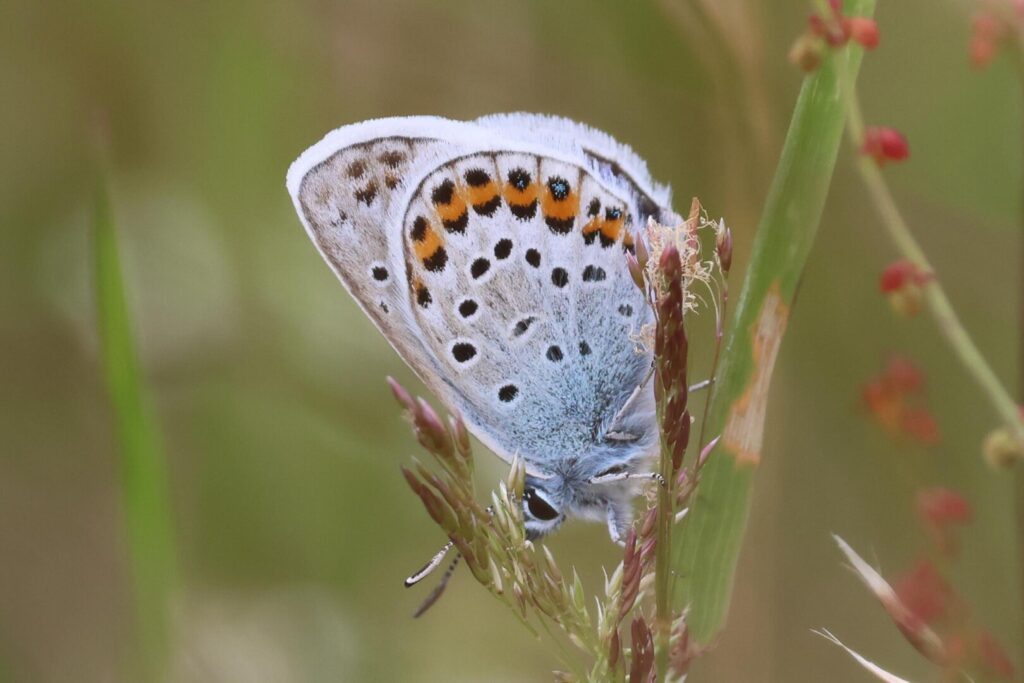
A Muntjac scuttled off into the gorse and surprised a Brown Hare, which ran out, stopped and froze in front of us. It had its ears up at first, but slowly lowered them, presumably thinking we couldn’t see it if it didn’t have its ears up!
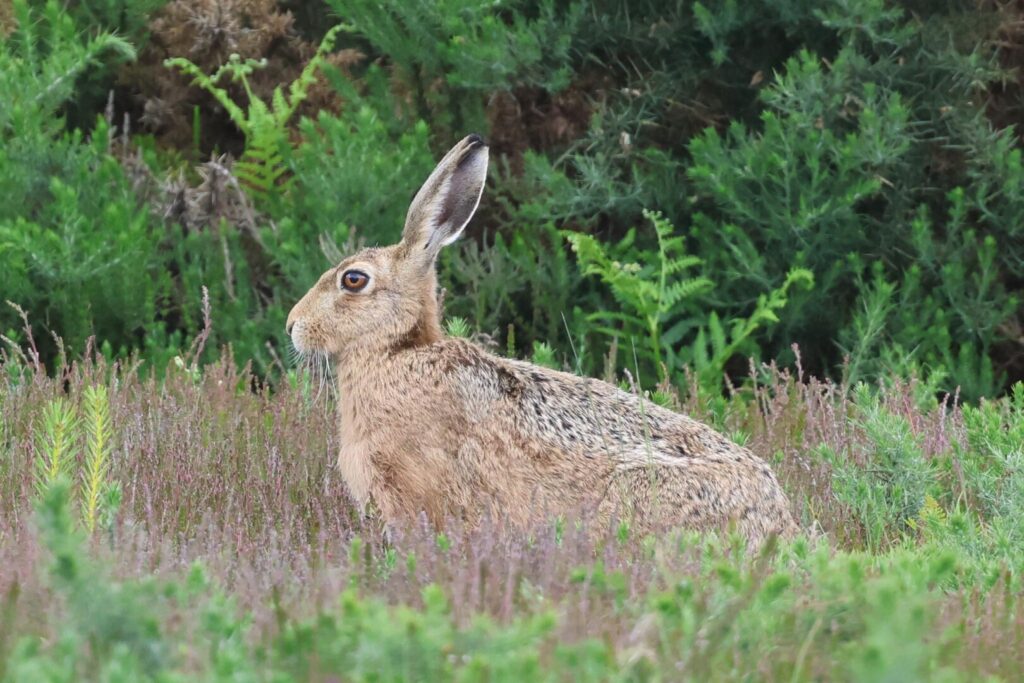
A Blackcap was singing in the blackthorn by the road and we flushed a Clouded Silver moth which landed in the undergrowth in front of us. The other side, as we came out of the trees two Yellowhammers came up from the ground by the path but disappeared when they flew up into the oaks.
As we got to the railway, we heard a Woodlark singing and looked up to see it fluttering over the cutting. After a while, it dropped straight down and creeping round slowly through the gorse we found it perched on one of the fence posts, still singing quietly. We had great views of it now in the scope. As we walked away, it flew up and started singing again.

There were more Linnets and a couple more Yellowhammers including a male which perched in a pine tree at one point so we could get it in the scope. A male Stonechat was perched on the gorse and flew up into the top of another tree where it started to sing at one point. We were hoping to find a Dartford Warbler but it was rather too breezy for them to perch up nicely and all the places we might expect to hear one were quiet this afternoon.

It was starting to cloud over more too and looked rather grey away to the west. We made our way back round the way we had come, adding a spider hunting wasp (Anoplius viaticus) and a Common Blue Damselfly to our day’s invertebrate list. Thankfully we were not far from the car park when we could see it was going to rain so we hurried back just in time, as the heaven’s opened.

As we drove west, we managed to get out of the worst of the rain but we didn’t really have time for another long walk before we had to get back now. We stopped briefly on Salthouse Heath but it was still very grey, spitting with drizzle and the wind had picked up. A succession of Common Swifts and a couple of Swallows came along the ridge, presumably birds on the move. Dropping back down towards the coast, there were several Stock Doves in the fields and a Buzzard and a couple of Kestrels in the trees.
Scanning the pools north of the coast road from the minibus, we couldn’t see anything to tempt us back out. Rather than get wet, we decided to head back for tea and cake.
If you like what you read here, you can find more on our regular News page here. To see what other tours we have coming up, check the list here.
